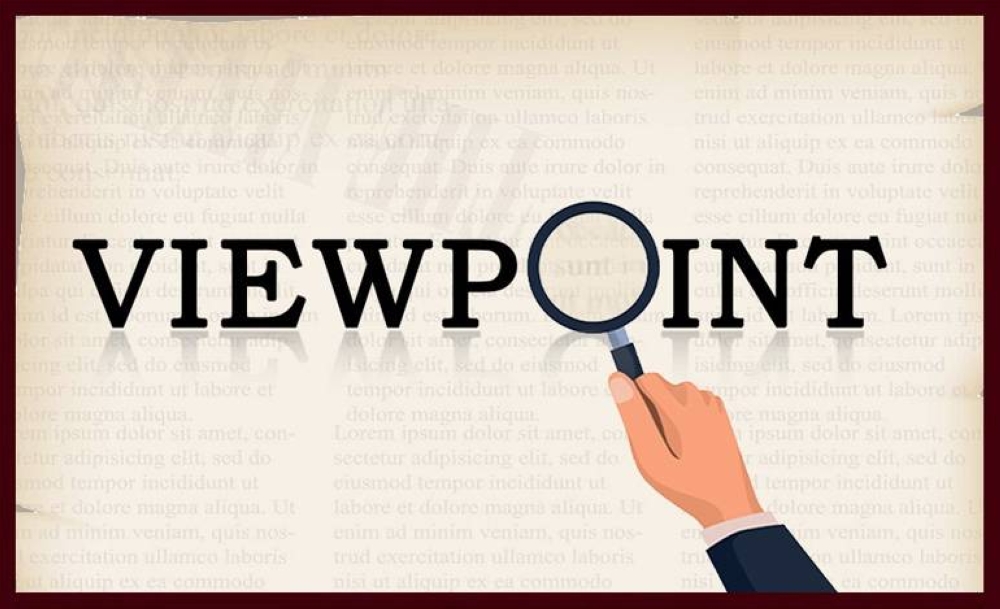Water scarcity is one of the most critical issues facing the world today.
Lack of access to clean water leads to the use of contaminated sources, increasing the spread of waterborne diseases like cholera, dysentery, and diarrhoea.
These diseases are a leading cause of death, especially among children in impoverished regions around the world.
Water scarcity limits the ability to maintain proper hygiene, contributing to the spread of infectious diseases and worsening public health crises.
And in many poor communities, especially rural areas, people (often women and children) spend hours each day fetching water from distant sources.
Obviously, this reduces the time available for education, work, or other productive activities, perpetuating the cycle of poverty.
A rising global population coupled with growing urbanisation means cities and townships around the world face the prospect of having to supply their people and businesses from increasingly stretched water resources.
Climate change will make this even more challenging, especially in the way it will change the patterns of rainfall and snow melt upon which most cities have relied, meaning many will face longer or more frequent droughts.
By 2050, it is expected that people’s access to water for drinking, agriculture and industry may decrease substantially, even as two-thirds of the global population are projected to live in urban areas. This puts urban locations at the heart of the challenge to find creative solutions to satisfy our water needs.
Up to 3.5bn people live under conditions of water stress at least one month a year, United Nations noted in a report.
According to the World Health Organisation (WHO), more than 2bn people only have access to water that is heavily contaminated. Just one sip puts them at risk of illnesses such as cholera and typhoid, and it estimates around 500,000 people a year die as a result.
When it comes to finding clean water there is a resource in our oceans. Icebergs reportedly contain some of the world’s purest water as the glaciers they come from formed thousands of years ago. Globally, efforts are being made to tap clean water from icebergs.
Safe drinking water and sanitation are human rights. Without access to these services, a life of dignity, stability and good health is virtually impossible.
Water, when managed sustainably and equitably, can be a source of peace and prosperity. It is also the literal lifeblood of agriculture, the major socio-economic driver for billions of people.
It can promote community stability and peacebuilding – especially in fragile situations – and contribute to migration management and disaster risk reduction.
But, when water is scarce, polluted or difficult to access, food security can be undermined, livelihoods lost, and conflict can follow.
Water scarcity creates a vicious cycle where the lack of access to clean and sufficient water exacerbates poverty, ill health, and inequality, making it one of the most critical challenges facing the world’s poorest populations.
In an unstable world where security threats are growing, we must all recognise that ensuring the availability and sustainable management of water and sanitation for all – the aim of sustainable development goal 6 – is essential for global prosperity and peace.

